
Optimized feed inlet with anti-arching configuration, supplemented by Siemens frequency conversion feeding motor, so that any wood material can be silky smooth into the pelletizing chamber, improve production efficiency and at the same time reduce the failure rate of the equipment.
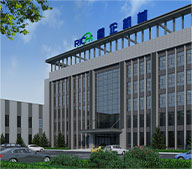
Brand
RICHI
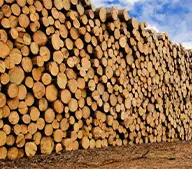
Raw Material
Wood Type
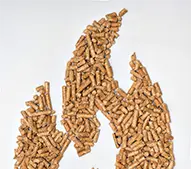
Finished
Fuel Pellets
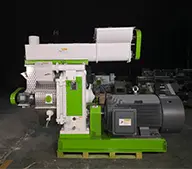
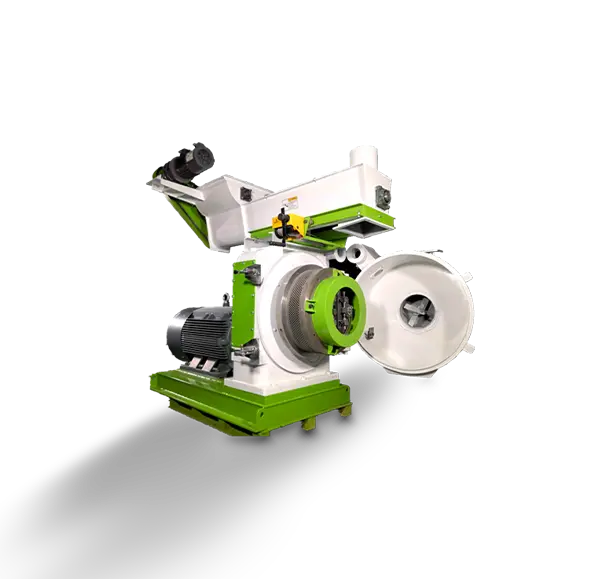
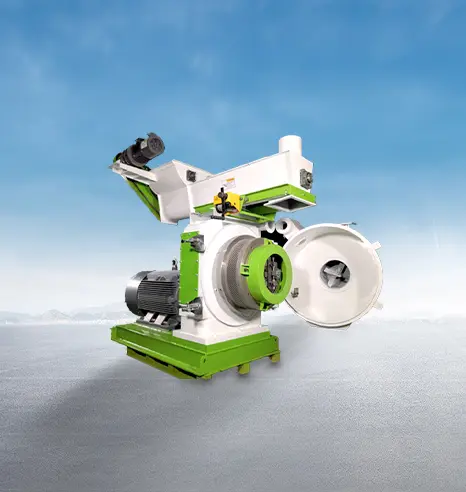
| Model | MZLH320 | MZLH350 | MZLH420 | MZLH520 | MZLH678 | MZLH768 |
|---|---|---|---|---|---|---|
| Main Motor Power(Kw) | 22 | 37 | 90 | 132 | 185 | 250 |
| Arch Breaker Feeder Power(Kw) | 2.2 | 2.2 | 3 | 3 | 3 | 4 |
| Forced Feeder Power(Kw) | 0.75 | 0.75 | 1.5 | 1.5 | 1.5 | 1.5 |
| Ring Die Inner Diameter (mm) | 320 | 350 | 420 | 520 | 673 | 762 |
| Finished Pellets Diameter (mm) | 4~12 | 4~12 | 4~12 | 4~12 | 4~12 | 4~12 |
| Production Output (TPH) | 0.2-0.3 | 0.3-0.5 | 1.0-1.2 | 1.5-2.0 | 2.5-3.0 | 3.0-4.0 |
Technological innovation is essentially all about customer service. To make you feel the convenience of RICHI's products, technologies and solutions in the process of wood fuel pellet production.
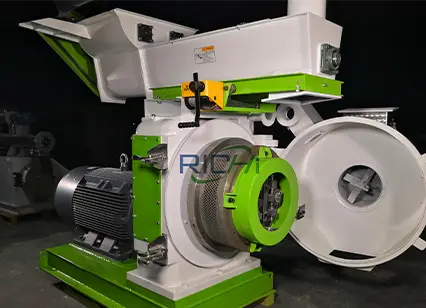
Feeding and conditioning systems
The optimized conditioning system with inverter feeding system improves the safety, nutritional value and maturation of the raw material to a great extent. This improves the overall quality of the feed from the source and ensures healthy feeding.
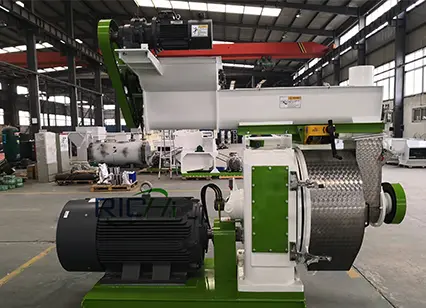
Drive system
High-end Siemens industrial grade drive motor drives the drive shaft of RICHI animal feed pellet mill, which is more stable and durable than traditional belt drive. In the long run, this not only improves efficiency but also saves maintenance costs.
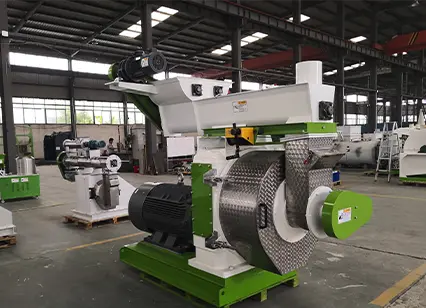
Structure and material
The body of the machine is made of high quality and high specification alloy steel, which is sturdy and durable, reduces resonance and runs stably. The parts that come into contact with the raw material are made of high grade stainless steel, which does not affect the raw material in any way and greatly improves corrosion resistance.
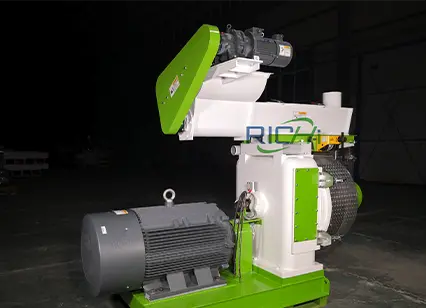
Control and Safety
Each animal feed making machine is equipped with an independent electric control system and safety stop function. It can not only avoid losses caused by perceived errors, but also effectively protect the pellet mill and subsequent production equipment.
Explore our efficient and streamlined purchasing process, designed to simplify and optimize the acquisition of a complete wood pellet production plant. Every stage is tailored to meet your specific requirements, from the initial schematic design and precise manufacturing processes to secure payment methods and seamless on-site installation and commissioning. Furthermore, our comprehensive spare parts service provides ongoing support and ensures optimal machine performance, offering you long-term reliability and peace of mind.


Solution Formulation
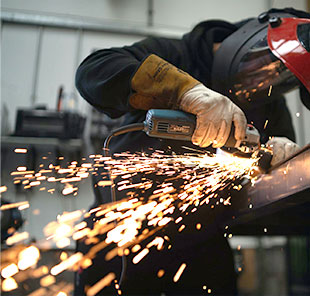
Equipment Manufacture

Secure Payment
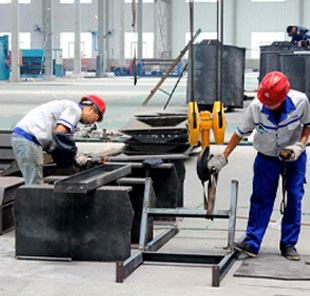
Spare Parts Service

HENAN RICHI MACHINERY CO.,LTD
Henan Richi Machinery Co., Ltd was founded in 1995. After more than 20 years of development and growth, RICHI has grown into a modern enterprises engaged in independent research and development, production and sales, Including feed pellet machinery and engineering, biomass pellet machinery and engineering, organic fertilizer machinery and engineering, conveyor equipment and engineering, steel structure engineering, silos, automation control technology and engineering product development and manufacturing, design and installation. The company has passed ISO 9001 international quality management system certification and CE certification!
Get Quote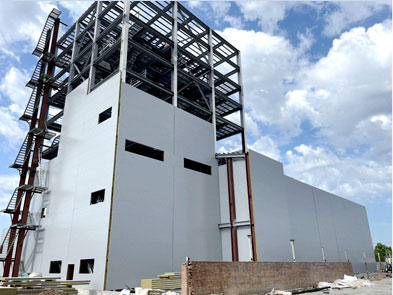

This state-of-the-art equipment supports a wide range of feed formulations for poultry and livestock, improving feed quality and reducing production costs. And its scalable design accommodates future expansion.
Learn More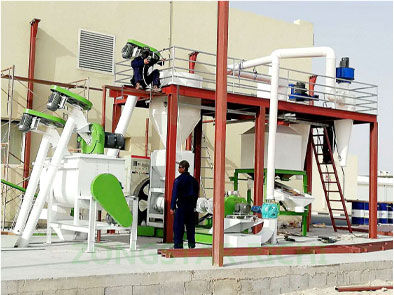

The system is fully automated, enabling seamless operation with minimal labor and supporting sustainable agricultural practices through the use of alfalfa and other forages.
Learn More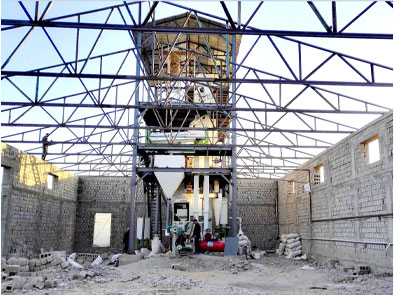

Hardwood residues are processed into durable, high-energy biomass pellets. Designed for industrial production, the system utilizes advanced drying and pelletizing technologies to ensure efficiency and quality.
Learn More

This project is capable of producing fish and shrimp feeds, equipped with precise extrusion technology for superior feed quality. The customer emphasizes its reliability and ease of operation as the main advantages.
Learn More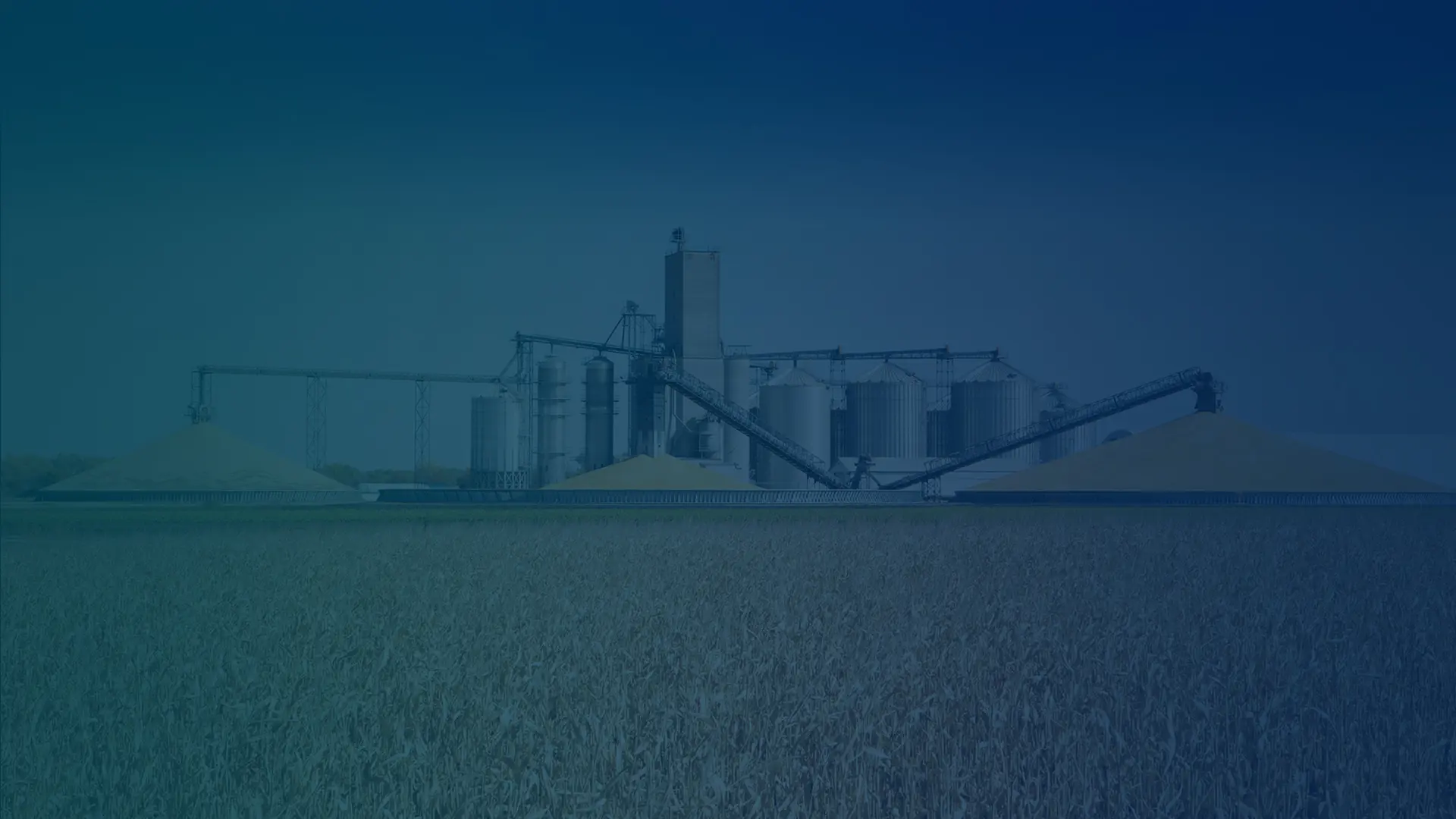
What raw materials do you intend to use for pellet production?
How many tons per hour about this plant you want to build?
Where will your pellet mill plant be built?
When do you plan to start this project?
Wood pellet machines are highly flexible and can process many types of biomass materials. Common raw materials include sawdust, wood shavings, wood chips, and tree bark from forestry work. They can also handle agricultural leftovers like rice husks, wheat straw, corn stalks, and peanut shells. Some machines are even capable of processing organic materials like grass, leaves, and paper waste, as long as the moisture content and particle size meet the required standards. This versatility makes wood pellet making machines a practical and efficient way to turn various biomass materials into high-quality fuel pellets.
The moisture content of raw materials is a key factor in making good-quality pellets efficiently. For most materials, the ideal moisture level is between 10% and 15%. If the material is too wet, it can stick together, clog the pellet mill, and result in weak pellets. On the other hand, if the material is too dry, it won’t bind well, leading to fragile pellets that easily break. Keeping the moisture level just right helps produce strong, high-quality pellets while saving energy and reducing wear on the equipment.
I hope the above points can become important conditions for you to negotiate with the manufacturer when choosing a wood pellet machine.
Before buying or investing in wood pellet production equipment, I hope you can understand the importance of production output from the following aspects, which is not only related to us as a manufacturer of wood pellet production equipment to provide you with program design and equipment configuration, but also more importantly, it is related to the cost of your investment and revenue situation.
Below is a simple production capacity and investment budget for wood pellet production as a reference. Contact us, according to your specific needs, we will develop a suitable wood pellet production program, equipment configuration and final offer.
If you are interested in wood pellet machine and want to know more about the solution, equipment configuration and investment budget related to wood pellet production, you are welcome to contact RICHI Machinery at any time.
Yes, pellet size can be adjusted by changing the pellet machine's ring die. And we also added a ring die lifting device on the pellet machine, which is convenient and quick to dismantle the ring die.
Machines usually require a three-phase power supply to industrial levels. Large complete production lines are usually capable of total power of several hundred or even thousands of kilowatts.
Installation time depends on complexity but usually takes 2-4 weeks. Installation time depends on complexity but usually takes 2-4 weeks. Depending on the configuration and design of the production line, you can contact our installation and after-sales personnel directly after placing the order.
Yes, we offer full after-sales service, including technical support and spare parts. After the order is confirmed, once the complete wood pellet production solution is finalized, we will provide all the drawings, manuals, including but not limited to: plant planning drawings, pit drawings, steel structures, etc.
The minimum production capacity of wood pellet mill starts from 300 kg/h. The prerequisite is that your raw material is already very suitable such as sawdust. Usually pellet production requires complete production lines with capacities from 1TPH to 60TPH and more. Welcome to contact us for customized production line service.
If you need further information, please contact us

For all inquiries fill in the form below to send us a brief message,and we will get back to you as soon as possible

RICHI stick to the service principle is: We are focusing on your future, your future is our future!
© HENAN RICHI MACHINERY CO., LTD 1995-2025
Product Line-Up / Privacy Policy